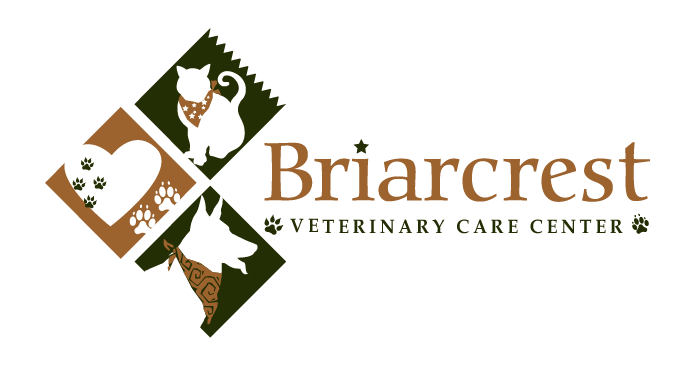Library
-
Heartworms (Dirofilaria immitis) are blood-borne parasites that reside in the heart or nearby large blood vessels of infected animals. Recent studies of cats with heart and respiratory diseases have found an incidence of heartworms that is far greater than previously thought. Veterinarians now strongly recommend that all cats receive year-round monthly heartworm preventives. There are excellent heartworm preventives now available for cats, making prevention of heartworm disease safe and easy.
-
Heartworms are blood-borne parasites that reside in the heart or adjacent large blood vessels of infected animals. There is no drug approved for treating heartworms in cats and surgical removal is generally the best option. Veterinarians now strongly recommend that all cats receive year-round monthly heartworm preventative in areas where mosquitoes are active all year round. Cats that live in colder areas, where mosquitoes are seasonal, should be given monthly preventives for at least six months of the year.
-
Your older cat requires more care and attention to make sure they have the best quality of life. If they have certain medical conditions, that will factor into what they can do and how often they may need to see your family veterinarian. It's important to spend time with your cat to keep their stress low and monitor for changes.
-
Osteoarthritis (OA) is a progressive, degenerative disease that worsens over time. This handout discusses steps you can take to help your cat deal with osteoarthritis (OA) or degenerative joint disease (DJD). In addition to medications that may be prescribed by your veterinarian, other treatment options such as weight loss, exercise, and complementary therapies such as chiropractic and physiotherapy are outlined.
-
When a beloved family member dies, the surviving people and pets mourn the loss. Dogs and cats rely on their social group for safety and emotional well being. Surviving pets experience the loss of a favored companion and a disruption of the social dynamic. They may also be distressed when they sense changes in the emotions and behavior of household people.
-
An aural hematoma is a collection of blood between the cartilage and skin of the ear flap. It is most likely caused by trauma but can also be due to a bleeding disorder. If an underlying cause is determined such as infection, this needs to be treated as well. Hematomas may eventually resolve on their own, but there is a risk of permanent damage and they are painful, so prompt treatment is recommended.
-
Hepatic encephalopathy is a neurologic condition in cats and dogs that is caused by an underlying liver condition. It can cause lethargy, seizures, problems with balance and coordination, and coma. Common causes, methods to diagnose the condition, and its treatment options are explained in this handout.
-
The most common cause of hip dislocation is blunt force trauma such as a fall or an automobile injury. Most cats with a hip dislocation will have severe hind limb lameness and pain, and may not be able to put any weight on the affected limb. A diagnostic X-ray will show the direction of dislocation, and whether a fracture of any part of the hip joint has occurred. In many cases, it is possible to replace the femoral head in the acetabulum by manipulation under general anesthesia. If the femoral head has been successfully replaced and the correct postoperative treatment has been adhered to, it is unlikely that the hip will redislocate.
-
Histoplasmosis is an infection caused by histoplasma, a fungus found in moist soils and especially prevalent around the Ohio, Mississippi, Missouri, and St. Lawrence rivers, as well as the southern Great Lakes and Alberta. Fungal spores are inhaled or ingested and cause infection in many sites including the lungs, gastrointestinal tract, eyes, joints, and spleen. This handout outlines signs, diagnosis, treatment, and prognosis. Histoplasmosis is transmissible to humans, especially if they are immunocompromised.
-
There are many potential hazards that pets face during the holidays. With common sense and planning, exposure to these hazards can be avoided, preventing injury or illness. Hazards include tinsel, electrical cords, string from meat, ribbons, Christmas tree water, holiday plants, and food such as chocolate. Some cats do better if given a safe space to stay, away from company, and may require calming remedies to help minimize anxiety and stress during the holidays.


